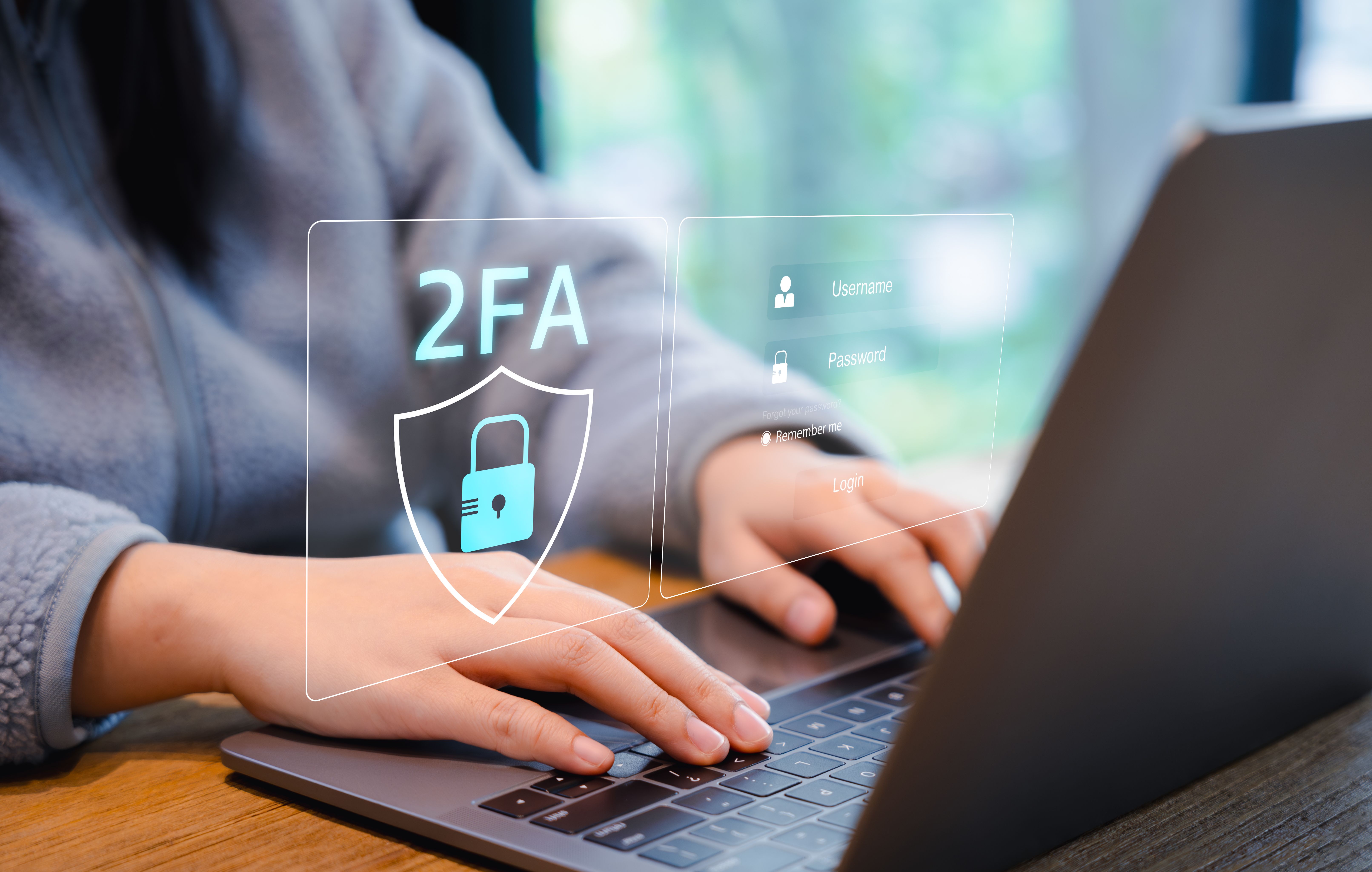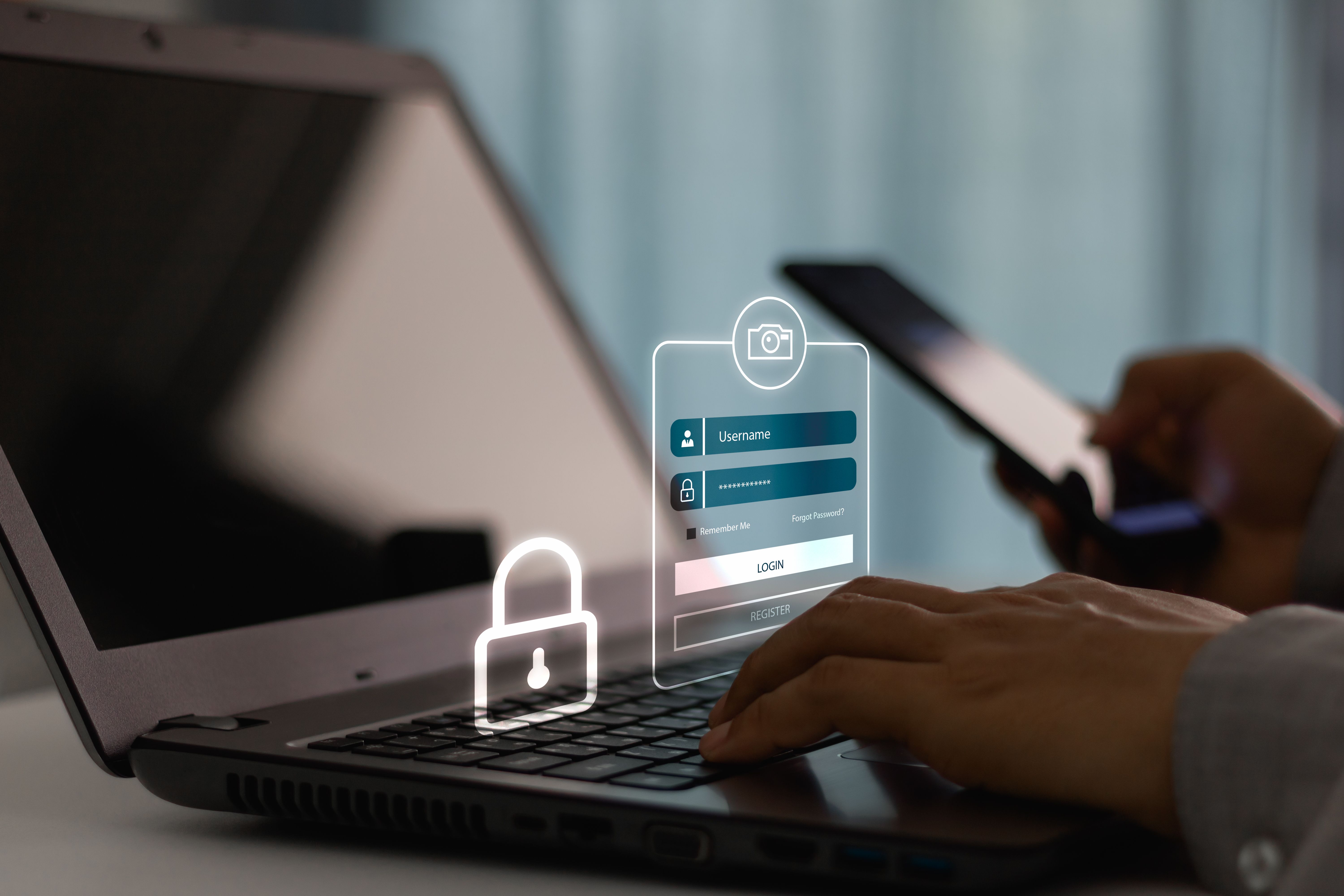Setting Up Two-Factor Authentication for Enhanced Security
Understanding Two-Factor Authentication
In today’s digital world, safeguarding your online accounts is more crucial than ever. Two-factor authentication (2FA) provides an extra layer of security beyond just a password. By requiring a second form of verification, 2FA significantly reduces the risk of unauthorized access.
When setting up 2FA, you typically need something you know (like a password) and something you have (like a smartphone). This method ensures that even if a hacker obtains your password, they can't access your account without the second factor.

Choosing the Right 2FA Method
Several methods can be used for two-factor authentication. The most common is receiving a code via SMS, but this is not the most secure option, as SIM-jacking can occur. Instead, consider using an authentication app such as Google Authenticator or Authy. These apps generate time-based codes that provide enhanced security.
Another robust option is using a hardware token like a YubiKey. These physical devices connect to your computer or smartphone and provide the second authentication factor. They are highly secure and user-friendly once set up.
Setting Up Two-Factor Authentication
Setting up 2FA is a straightforward process. Here’s a general guide to enable 2FA on your accounts:
- Log in to your account and navigate to the security settings.
- Locate the two-factor authentication section and select your preferred method (SMS, app, or hardware token).
- If using an app, download and install the app on your smartphone.
- Scan the QR code provided by the website to link your account with the app.
- Enter the verification code generated by your app or received via SMS to complete the setup.

Best Practices for Using 2FA
While 2FA greatly enhances security, it’s essential to follow best practices to maximize its effectiveness. Always use a strong, unique password in conjunction with 2FA. Avoid using the same password across multiple sites, as this increases vulnerability.
Additionally, regularly update your phone number and backup options in case you lose access to your primary 2FA device. Keeping backup codes in a secure location can also be a lifesaver if you lose access to your authentication method.
Benefits of Implementing 2FA
Implementing 2FA provides numerous benefits beyond just security. It offers peace of mind, knowing that your accounts have an additional safeguard against unauthorized access. Additionally, many services and platforms increasingly require or recommend 2FA for enhanced protection.

By adopting 2FA, you demonstrate a proactive approach to cybersecurity, which can be especially valuable for businesses handling sensitive data. This added layer of protection can prevent costly data breaches and maintain customer trust.
Conclusion
Incorporating two-factor authentication into your online security strategy is a smart move in today’s digital landscape. It’s an effective way to protect personal and professional information from potential cyber threats. By following these guidelines and best practices, you can ensure that your accounts remain secure and accessible only to you.
